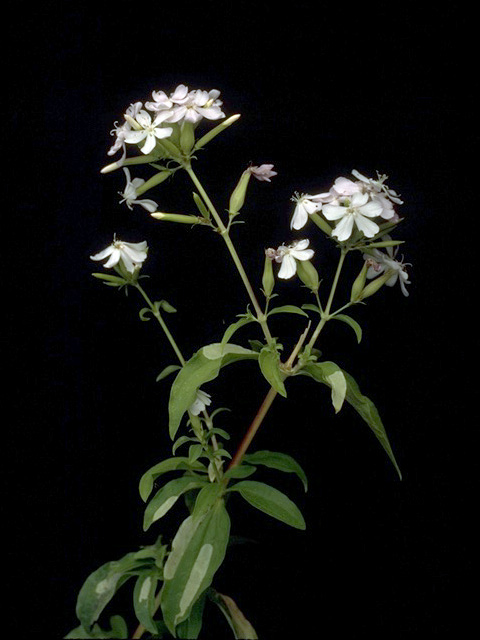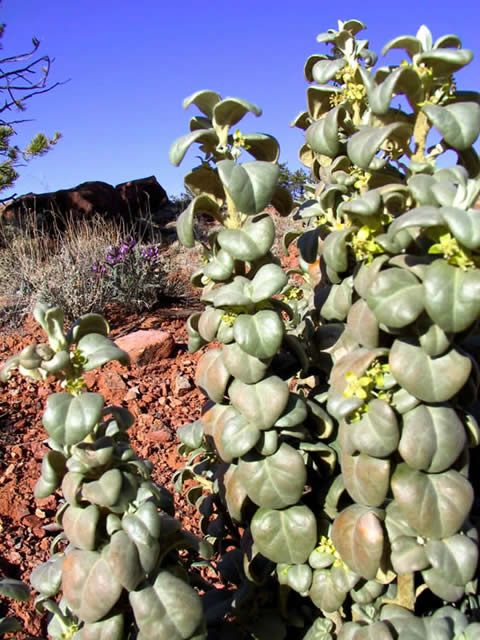Soaps
Many native plants, especially those with waxy cuticles, contain saponins which are steroids that dissolve in water and create a stable froth. Saponins are named from the soapwort plant (Saponaria) whose roots were used historically as soap.
The earliest evidence of soap use dates back to 2800 BC in ancient Babylonian clay. Egyptians (1500 BC) bathed regularly with soaplike substances made from plant saponins combined with animal and vegetable oils. Handmade soaps are often made using fats such as olive oils with lye. Animal fat mostly in the form of tallow is still a major component of many soaps, but plant oils have become more important in soap production. Two palms, the coconut palm and the African palm, provide the bulk of the plant oils currently used.
Soaps made from plant oils often dissolve very quickly and produce excessive lather, so tallow has been used to create hardness in some mass-produced soaps. Palm oil has been found to be very similar chemically to tallow and can be used to replace the animal fat. Plant oils such as cedar wood, rosewood, and rose are often added to soaps to impart their scents.
The fruits of several native North American plants contain sufficient levels of saponin to produce lather and can be used as soaps or shampoos. This group of plants includes:
- Atriplex roots,
- Sapindus fruits,
- Mojave yucca root,
- Soapwort root (European species), and
- Buffaloberry fruits.
 Soapwort. Photo © Br. Alfred Brousseau, Saint Mary's College.
Soapwort. Photo © Br. Alfred Brousseau, Saint Mary's College.
Soapwort (Saponaria officinalis)
This herbaceous perennial which can grow to a height of 1.5 m (5 feet) was once widely used in Europe for washing. The great scouring qualities of the leaves and the juices that are produced as a result have been described in many early herbals. The leaves and roots when rubbed or boiled in water produce a green soapy solution that is used for cleaning very old and delicate fabrics. Soapwort is used today in some gentle skin cleaning products.
 Roundleaf buffaloberry. Photo by Teresa Prendusi.
Roundleaf buffaloberry. Photo by Teresa Prendusi.
Buffaloberry (Shepherdia rotundifolia)
The buffaloberry plant was widely used for its medicinal properties. The high levels of saponins made it an ideal source for natural cleansing soaps and shampoo. Silver buffaloberry fruits were boiled into a tea that was consumed by hunters to cleanse their souls and provide them with good luck in the hunt. The high levels of saponins in the fruits can cause intestinal distress and were not consumed in large quantities.
 Soapweed yucca. Photo by Charlie McDonald.
Soapweed yucca. Photo by Charlie McDonald.
Soapweed Yucca (Yucca glauca)
As the name implies, the crushed roots of soapweed yucca produce a lather that makes a good soap or shampoo. The lathering substances called saponins are found in many plants, but are exceptionally concentrated in yucca roots. In addition, the dried leaves of soapweed yucca can be woven into baskets, mats, or sandals. The strong coarse leaf fibers can be extracted to make cordage.
 Soap plant (Chlorogalum pomeridianum). Photo by J.S. Peterson © USDA-NRCS PLANTS Database.
Soap plant (Chlorogalum pomeridianum). Photo by J.S. Peterson © USDA-NRCS PLANTS Database.
Soap Plant (Chlorogalum pomeridianum)
Chlorogalum pomeridianum, called “wavyleaf soap plant,” “soap root,” or “amole,” is a low-growing plant of California and Oregon. It is used as soap by the local peoples. The bulb of the plant is easily recognized: a brown, fibrous bulb a little larger than a person’s fist, with a white, pliable heart. When crushed, this heart yields soap.
Amole is a generic Spanish term for a plant-derived soap; other plants of the Southwest have this name. Sources say that it makes excellent laundry soap for delicate fabrics, good shampoo, dish detergent, and bath soap.


